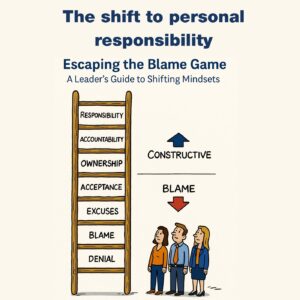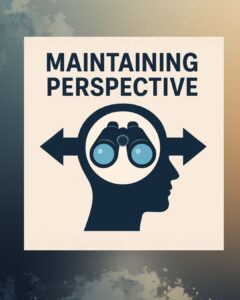Case Study: Prison Culture Transformation That Changed Lives
A client recently asked me to meet with their Union Representative to build a working relationship and explore how we could improve the culture at their manufacturing site. I suggested we tour a location where we had successfully completed a major culture shift.
That site was a rural prison—one I had worked with several years earlier on a prison culture transformation project. When I first made the offer, I didn’t realise how rewarding it would be for me personally to return. It had been about two years since my last visit, and my memories were still coloured by the toxic environment I’d first encountered.
Before: A Toxic Prison Culture
When I first began working with this facility six years ago, the staff openly described their environment as toxic. There was constant criticism, undermining behaviour, defensiveness, and a strong tendency to live in the past. Many officers were suspicious, fearful, and disengaged. This was the cultural backdrop in which both staff and inmates lived every day.
After: Positive Culture in Prisons
Fast forward to our recent visit—and the transformation was extraordinary. Healthy, supportive, friendly, and confident staff welcomed us. Many of the prison officers I met that day I had never worked with directly, yet they spoke openly about how their lives had improved through the culture change.
They described feeling safer, more relaxed, and more positive. The General Manager told us there were fewer issues, fewer distractions, smoother operations, and even he felt more relaxed. And this was despite the fact that staff numbers and the prisoner population had both doubled, and major construction was underway.
Rehabilitation Through Culture
The most striking outcome? The GM reported that inmate behaviour had also improved. This is where changing inmate culture becomes powerful—when staff work in a positive environment, it directly impacts rehabilitation efforts and daily prison life. A respectful, purpose-driven culture benefits everyone inside the facility.
The Role of Prison Leadership and Culture
Much of the work focused on prison leadership and culture, specifically developing Operations Managers, Supervisors, and Senior Prison Officers to lead by example. By creating a shared purpose and fostering trust, they shifted attitudes, built cooperation, and set a standard for both staff and inmates to follow.
The Bigger Picture
This case study on prison reform shows that culture change in corrections isn’t just about improving operational performance—it’s about transforming lives. The ripple effect of positive culture in prisons is profound, touching staff wellbeing, inmate rehabilitation, and the overall safety and stability of the facility.
Yes, it’s hard work. Yes, it takes time. But as this experience proved, it’s worth every effort.





